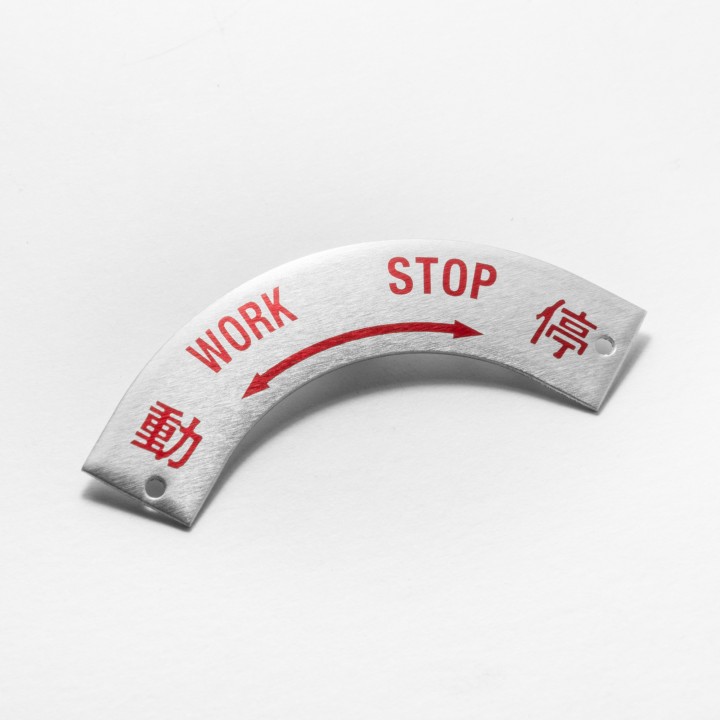Aluminium alloys are anodized to increase corrosion resistance and to allow dyeing (coloring), improved lubrication, or improved adhesion.
Some aluminium aircraft parts, architectural materials, and consumer products are anodized. Anodized aluminium can be found on mp3 players, smartphones, multi-tools, flashlights, cookware, cameras, sporting goods, window frames, roofs, in electrolytic capacitors, and on many other products both for corrosion resistance and the ability to retain dye.
Anodized coatings have a much lower thermal conductivity and coefficient of linear expansion than aluminium. The melting point of aluminium oxide is 2050 °C (2323 K), much higher than pure aluminium's 658 °C (931 K). This and the non-conductivity of aluminum oxide can make welding more difficult.
In nameplate works, Anodized aluminium is the choice for many businesses. For example, nameplate on machine or nameplate that use in tough environment conditions. Moreover, Anodized aluminium is one of the hit material to create nameplate for many brands because of their properties.


Facebook
Instagram
LINE: cityart
Youtube
E-Mail
Phone